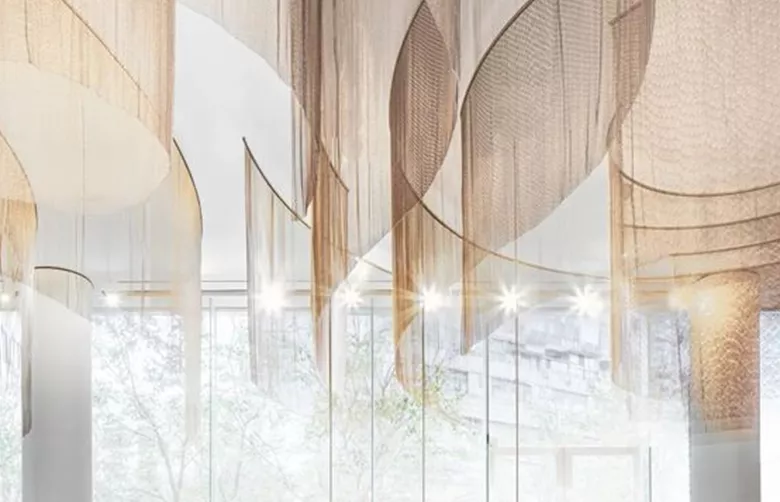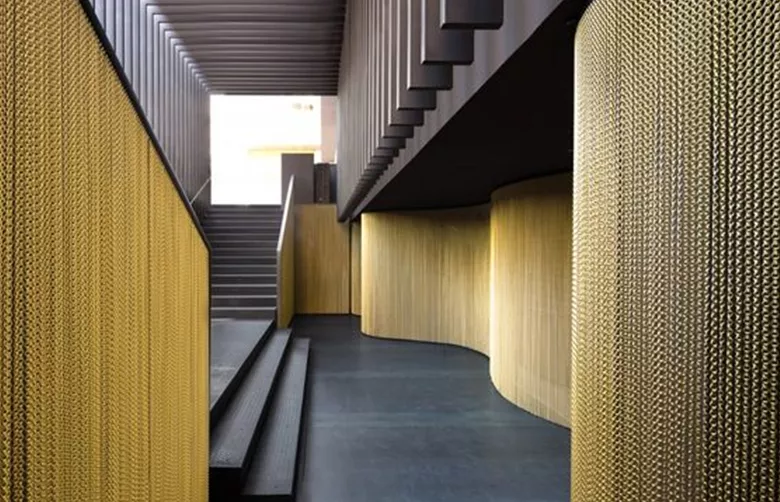-
About UsProductsCustomized SolutionProjectGalleryNews
Architectural Wire Fabric: Redefining Interior Design with Innovative Solutions
Release time: June 27, 2023In the world of interior design, architects and designers are constantly seeking innovative materials that can elevate the aesthetics and functionality of a space. One such material that has been making waves in the industry is architectural wire fabric. This article explores how architectural wire fabric is redefining interior design by offering unique solutions that blend artistry, versatility, and functionality. From its creative applications to its ability to transform spaces, architectural wire fabric is revolutionizing the way we think about interior design.
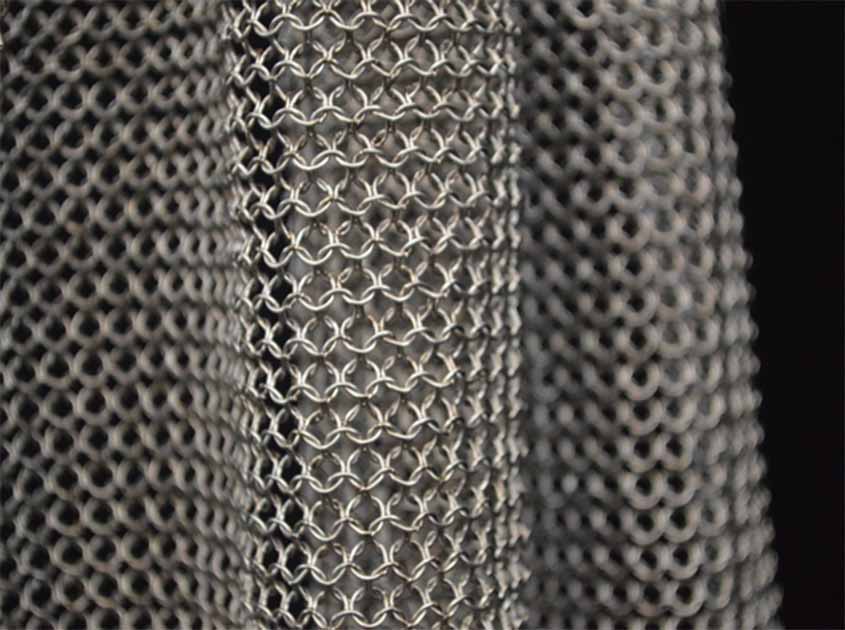
Unveiling the Beauty of Architectural Wire Fabric:
Architectural wire fabric is a mesh-like material made of interwoven metal wires, creating a visually striking pattern. Its unique texture and transparency add depth and intrigue to any space. Whether used as room dividers, wall coverings, or decorative elements, architectural wire fabric instantly captures attention and becomes a focal point in interior design. The play of light and shadow through the fabric creates a dynamic visual experience, adding a touch of artistic brilliance to the space.
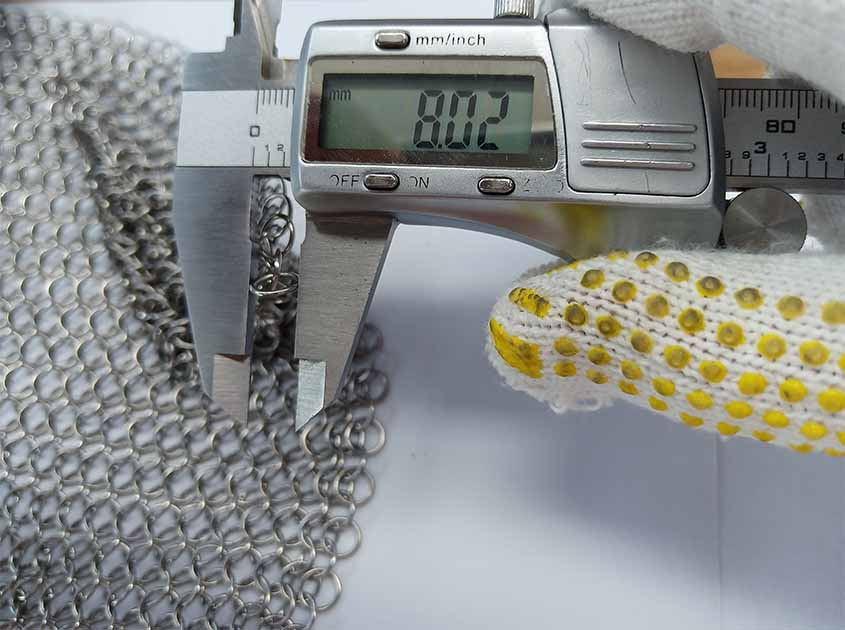
Versatility in Design:
One of the key advantages of architectural wire fabric is its versatility in design. It can be used in various applications, including partitions, ceilings, stair railings, and furniture. The material's flexibility allows for endless possibilities in shaping and manipulating the fabric to suit different design concepts. From sleek and modern installations to intricate and organic forms, architectural wire fabric adapts effortlessly to the desired style, enabling designers to create truly unique and customized interiors.
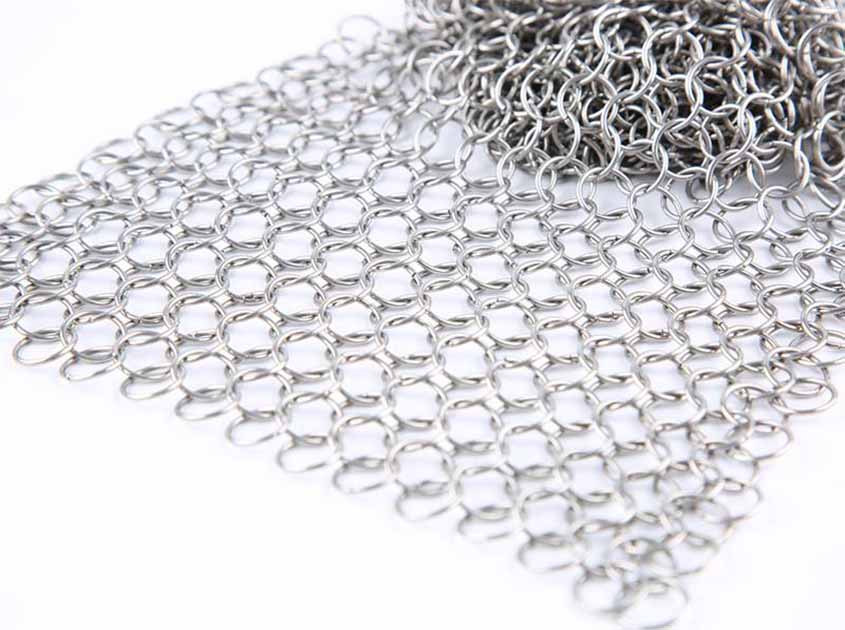
Functional Applications:
Beyond its aesthetic appeal, architectural wire fabric also offers functional benefits. It can serve as a transparent barrier that provides visual separation without obstructing airflow or natural light. In open-concept spaces, it can define areas while maintaining a sense of connection and spaciousness. Additionally, architectural wire fabric can enhance acoustic performance by diffusing sound waves, making it an ideal choice for spaces that require noise control, such as offices, libraries, or hospitality venues.
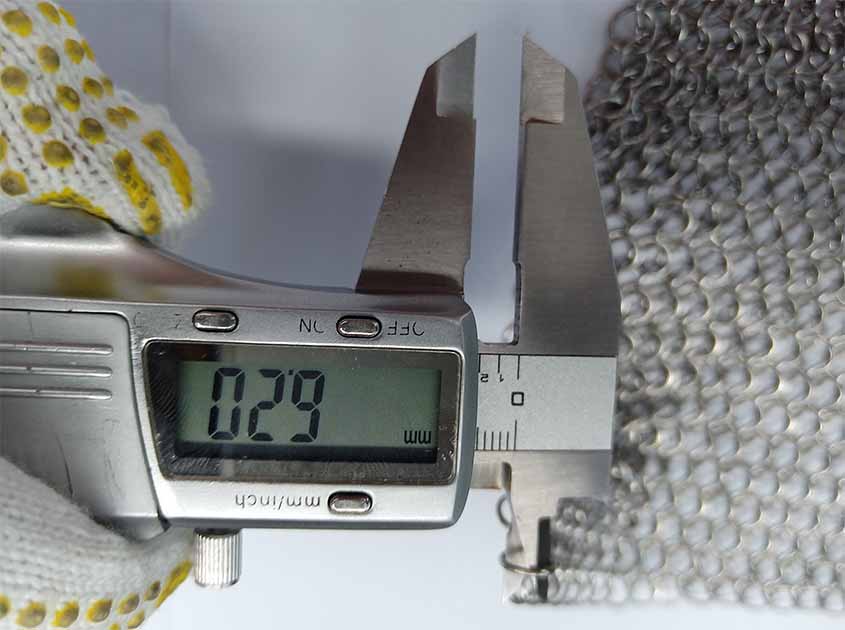
Material Innovation:
Architectural wire fabric continues to evolve with advancements in material technology. Suppliers are constantly pushing the boundaries of design and functionality by introducing new finishes, weaves, and patterns. This allows designers to experiment with different textures and effects, creating truly unique and captivating interiors. From metallic finishes to colored coatings, the range of options available ensures that architectural wire fabric can complement any design style and aesthetic preference.

Conclusion:
Architectural wire fabric is redefining interior design by offering innovative solutions that combine artistry, versatility, and functionality. Its unique beauty, adaptability in design, and functional applications make it an ideal choice for creating captivating and dynamic spaces. With ongoing material innovation and a collaborative approach between designers and suppliers, architectural wire fabric opens up a world of possibilities, transforming interiors and pushing the boundaries of creativity. As the demand for distinctive and engaging interior spaces continues to grow, architectural wire fabric will undoubtedly play a significant role in shaping the future of interior design.
Recommended News



